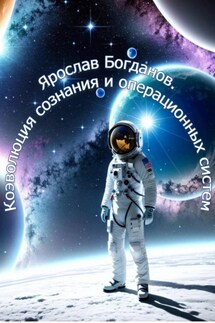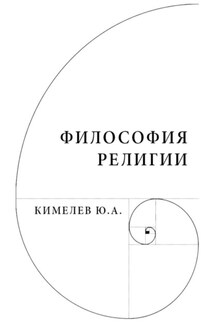Co-evolution of consciousness and operating systems (Коэволюция сознания и операционных систем) - страница 2
A virus is a parasitic genome. It is not alive, just as any genome outside of a cell is not alive. As a result of evolution, some genomes learned to persist outside of cells. This is a degenerative pathway of life and likely the first degeneration to occur in the living world. Viruses did not produce the diversity we later saw in multicellular organisms, but they are still alive to this day! They are more alive than the living and often outcompete living organisms, as evidenced by the recent coronavirus pandemic. These companions of life are not outsiders; their strategies are highly successful, and they are indestructible as long as life exists.
It is clear that for life – for this chemical factory – a compartment is necessary, whether it be a coacervate droplet, a bacterium, a cyanobacterium, or some other simple organism. The orderliness of this factory is such that the chemical processes within it sustain themselves, and entropy is minimal or approaches zero. For example, the orderliness of chemical transformations at a pharmaceutical factory is also significant, but that does not make the factory alive – the chemical processes there cannot sustain themselves. Without the participation of technologies created by intelligence, the factory cannot live or reproduce. The moment the technological process halts, everything reverts to an inert, chaotic process with increasing entropy.
Later, I became intrigued by questions such as: How did eukaryotes evolve from bacteria and cyanobacteria? Is the eukaryotic cell essentially the simplest two-celled organism with two distinct genomes – the first chimera? Was it the first parasite turned symbiont, and why did such cells gain the potential to eventually give rise to multicellular organisms? And what are multicellular organisms, really? Where do we begin? With flagellated Volvox? With sponges? With the freshwater polyp Hydra? With worms? Clearly, there were intermediate forms, some of which are still known to us today. However, it’s not a fact that these currently existing intermediate forms represent the transitional stages on the path of aromorphosis. Perhaps these are newly emerged cellular associations that appeared in the more recent past.
To me, one thing was clear: multicellularity begins with the differentiation of cells. It is precisely at this point that the simplest multicellular organism emerges. From there, integration intensifies, leading to the development of tissues, organs, and functional systems of organs and tissues. Unlike I.S. Shklovsky (or rather his later views), I believed that the emergence of intelligent life was as inevitable as the emergence of chemical reactions and biological life.
But what is intelligence in relation to life? In my view, the key moment was the emergence of intelligence within a multicellular organism. The reproduction of chemical compartments was the first property that life acquired beyond chemical transformations. The second property was the differentiation of compartments, followed by their integration into tissues, organs, and organisms, with biochemical processes now permeating all of these biological systems. Vernadsky proposed the idea of the "ubiquity" of life: living matter is capable of spreading across the surface of the planet. It rapidly occupies all unclaimed areas of the biosphere, creating pressure on non-living nature.







